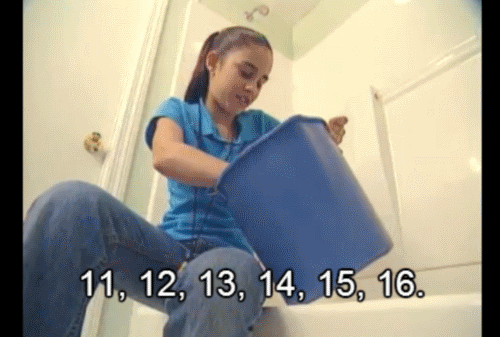Compute unit rates associated with ratios of fractions, including ratios of lengths, areas and other quantities measured in like or different units. For example, if a person walks 1/2 mile in each 1/4 hour, compute the unit rate as the complex fraction 1/2/1/4 miles per hour, equivalently 2 miles per hour.
Recognize and represent proportional relationships between quantities.
Use proportional relationships to solve multistep ratio and percent problems. Examples: simple interest, tax, markups and markdowns, gratuities and commissions, fees, percent increase and decrease, percent error.
| Screenshot | Name / Description | Flag? | Rating |
|---|---|---|---|

|
How many cups of water are used when you shower? Students learn that measurements can be converted from one unit to another, and that unit conversions can be represented as ratios. |
 |
|